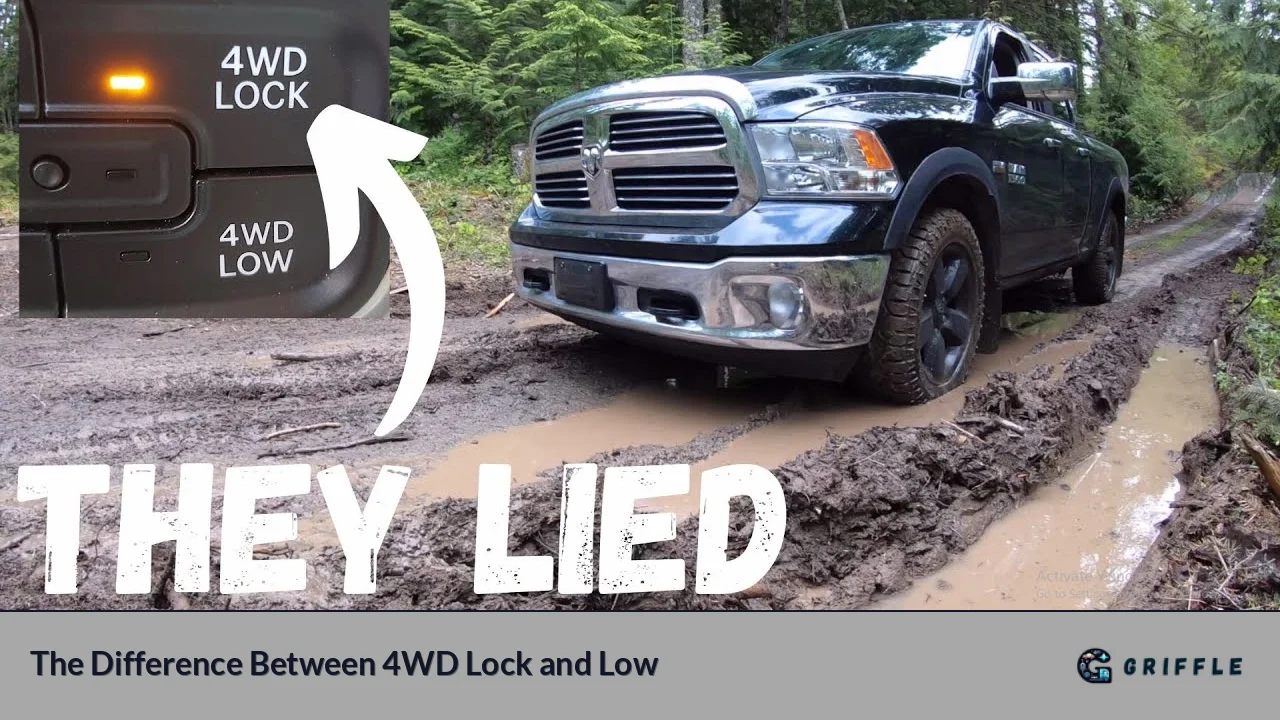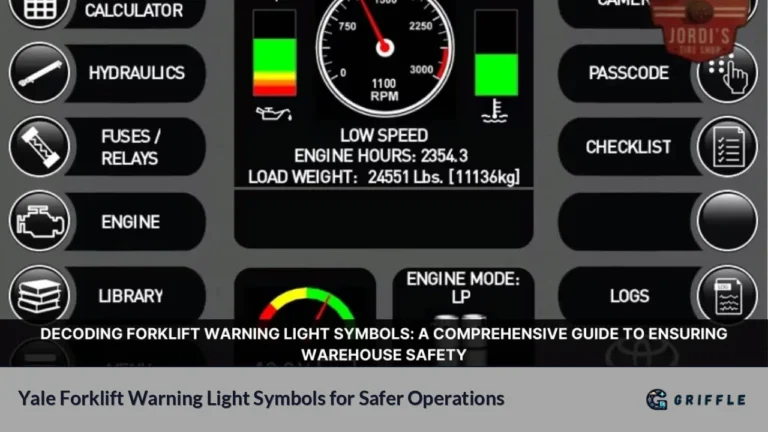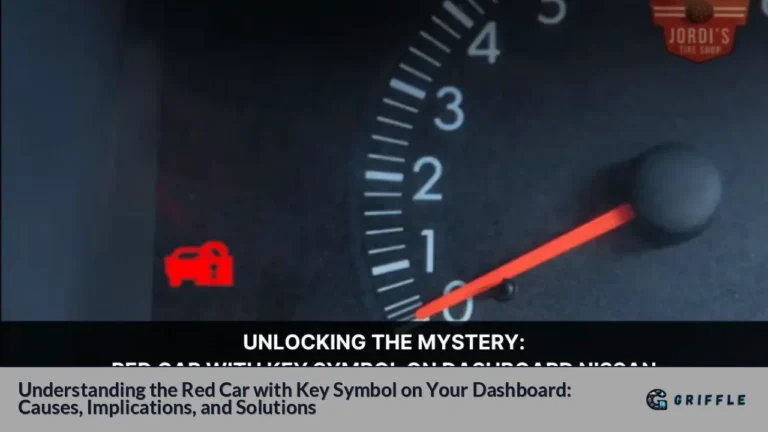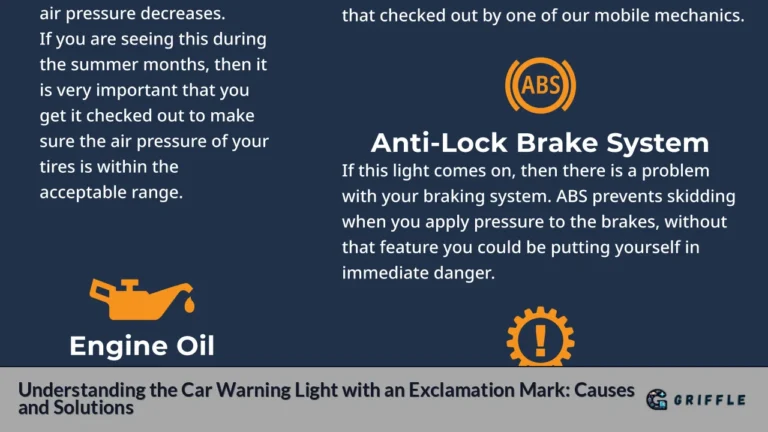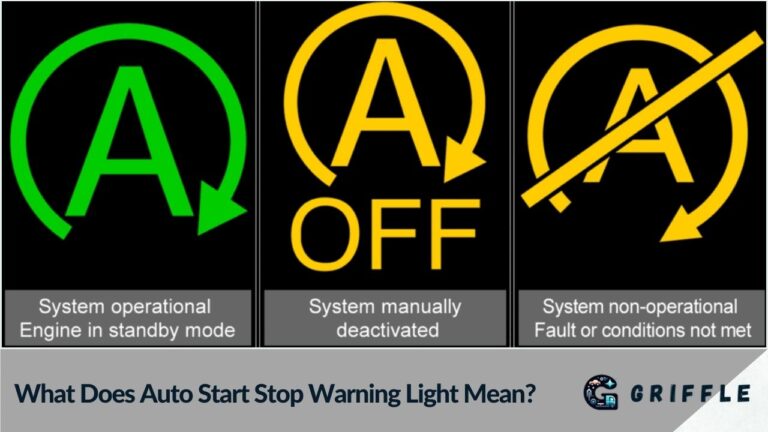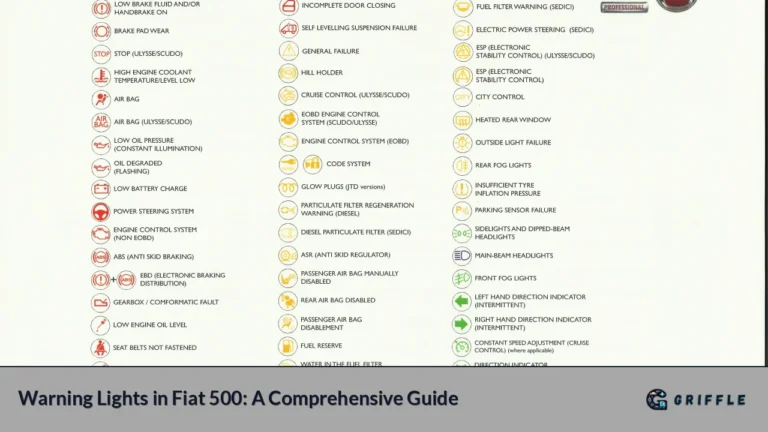Four-wheel drive (4WD) systems are essential for off-road vehicles, providing enhanced traction and control on challenging terrains. Among the various modes available, 4WD Lock and 4WD Low are two commonly used settings that serve distinct purposes. Understanding the differences between these two modes is crucial for optimal vehicle performance and safety. This article explores the key features, applications, and limitations of 4WD Lock and 4WD Low, helping drivers make informed decisions when navigating diverse driving conditions.
When it comes to off-roading or driving in adverse weather conditions, knowing how to properly utilize your vehicle's 4WD system can make a significant difference. Many drivers often confuse 4WD Lock with 4WD Low, leading to misuse that can damage the vehicle or compromise safety. This guide aims to clarify these two modes, focusing on their mechanics, when to use each mode, and potential pitfalls to avoid.
Key Differences Between 4WD Lock and 4WD Low
| Feature | 4WD Lock | 4WD Low |
|---|---|---|
| Functionality | Locks front and rear axles together | Provides lower gear ratio for more torque |
| Speed Range | Can be used at higher speeds | Limited to low speeds (typically under 25 mph) |
| Torque Delivery | Equal torque distribution | Increased torque for heavy loads |
| Ideal Terrain | Slippery surfaces (snow, mud) | Steep inclines, rock crawling |
| Use Cases | General off-road driving | Towing heavy loads, extreme off-roading |
What is 4WD Lock?
Definition and Mechanics
4WD Lock, often referred to as "locked" four-wheel drive, engages both the front and rear axles of the vehicle simultaneously. This means that all four wheels turn at the same speed, providing enhanced traction on slippery surfaces. The system is designed to help maintain control in conditions where traction may be compromised, such as on snow-covered roads or muddy terrain.
When activated, 4WD Lock effectively eliminates the differential action between the front and rear axles. This is beneficial in situations where one set of wheels may lose grip while the other maintains traction. However, using this mode on dry pavement can lead to driveline binding due to the differing wheel speeds during turns.
When to Use 4WD Lock
- Slippery Conditions: Ideal for driving on snow, ice, or loose gravel where additional traction is required.
- Moderate Off-Roading: Useful for navigating through mud or sand where wheel slippage is expected.
- Highway Speeds: Can be used at higher speeds compared to 4WD Low but should still be avoided on dry pavement.
Limitations of 4WD Lock
- Turning Radius Issues: Engaging 4WD Lock on dry surfaces can cause significant wear on tires and drivetrain components due to binding during turns.
- Not Suitable for All Terrains: While effective in slippery conditions, it may not provide sufficient torque for steep inclines or heavy towing scenarios.
What is 4WD Low?
Definition and Mechanics
4WD Low, or low range four-wheel drive, is designed specifically for situations requiring maximum torque at low speeds. When engaged, this mode alters the gear ratio within the transfer case to reduce wheel speed while increasing torque output. This allows vehicles to crawl over obstacles or navigate steep hills with greater control.
In contrast to 4WD Lock, which maintains equal wheel speed across all four wheels, 4WD Low allows for some differentiation in wheel speed between the front and rear axles. This feature is crucial when traversing uneven terrain where one wheel may need to spin faster than another.
When to Use 4WD Low
- Heavy Towing: Essential for pulling trailers or heavy loads uphill where additional torque is necessary.
- Extreme Off-Roading: Best suited for rock crawling or navigating steep inclines where precise control is required.
- Stuck Situations: Effective when attempting to extricate a vehicle from mud or deep snow.
Limitations of 4WD Low
- Speed Restrictions: Generally limited to speeds below 25 mph (40 km/h). Exceeding this limit can damage the drivetrain.
- Turning Difficulties: Like with 4WD Lock, turning while in low range can be challenging due to reduced speed and increased torque.
Practical Applications: Choosing Between 4WD Lock and 4WD Low
Understanding when to use each mode is critical for maintaining vehicle integrity and ensuring safety. Here are some practical scenarios:
Scenario-Based Usage
- Driving on Icy Roads
- Use 4WD Lock for better control while maintaining highway speeds.
- Navigating Muddy Terrain
- Start with 4WD Lock, but switch to 4WD Low if you encounter deeper mud requiring more torque.
- Towing Heavy Loads
- Engage 4WD Low when backing up a trailer on an incline or moving heavy loads over rough terrain.
Common Misconceptions
Many drivers mistakenly believe that engaging either mode will automatically lock all four wheels together. However:
- In 4WD Low, not all wheels lock; it merely provides better traction through increased torque.
- In both modes, using them on dry pavement can lead to significant wear and potential damage.
Conclusion
Understanding the differences between 4WD Lock and 4WD Low is crucial for anyone who drives off-road or in adverse weather conditions. Each mode serves a specific purpose—one focused on maintaining traction at higher speeds (Lock), while the other maximizes torque at lower speeds (Low).
By using these modes correctly based on driving conditions, you can enhance your vehicle's performance while ensuring safety and longevity.
FAQs
FAQs
- What is the main difference between 4WD Lock and 4WD Low?
The main difference lies in their functionality; 4WD Lock locks both axles together for equal wheel speed, while 4WD Low provides increased torque at lower speeds. - When should I use 4WD Low?
Use 4WD Low when navigating steep inclines or towing heavy loads at low speeds. - Can I use 4WD Lock on dry pavement?
It's not recommended; using it on dry surfaces can cause drivetrain binding and excessive wear. - Is it safe to switch between modes while driving?
Generally, it's best to switch modes when stationary or moving at very low speeds. - What happens if I exceed the speed limit in 4WD Low?
Exceeding the speed limit in 4WD Low can damage your vehicle's drivetrain.
